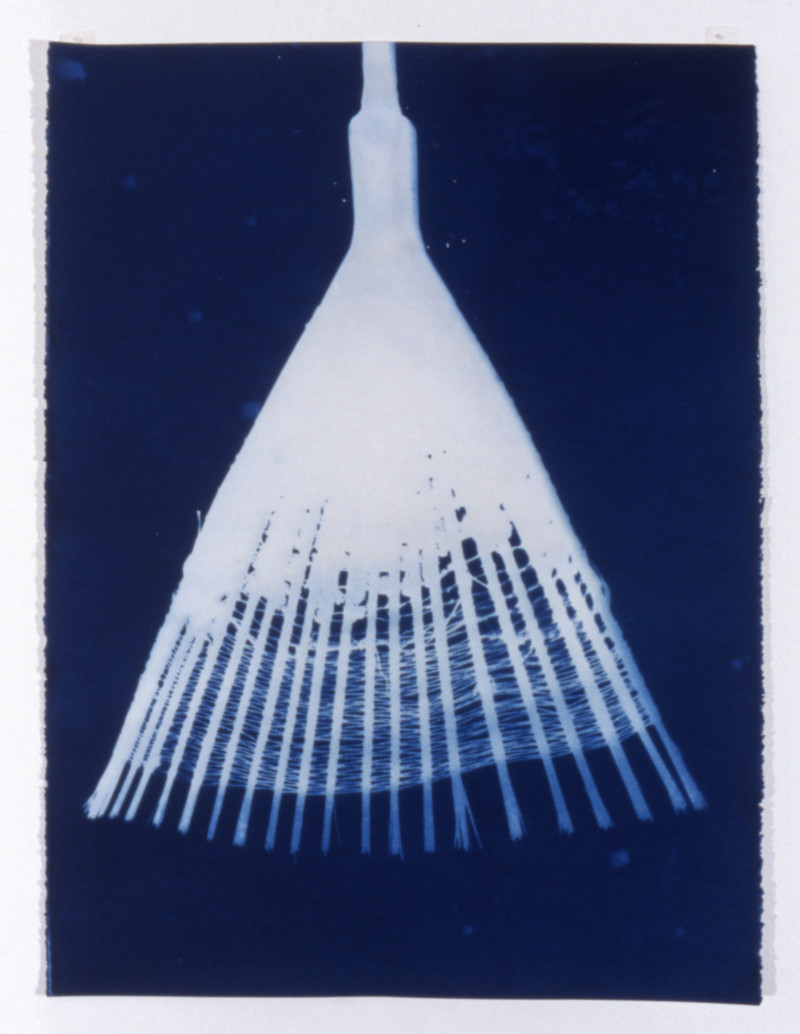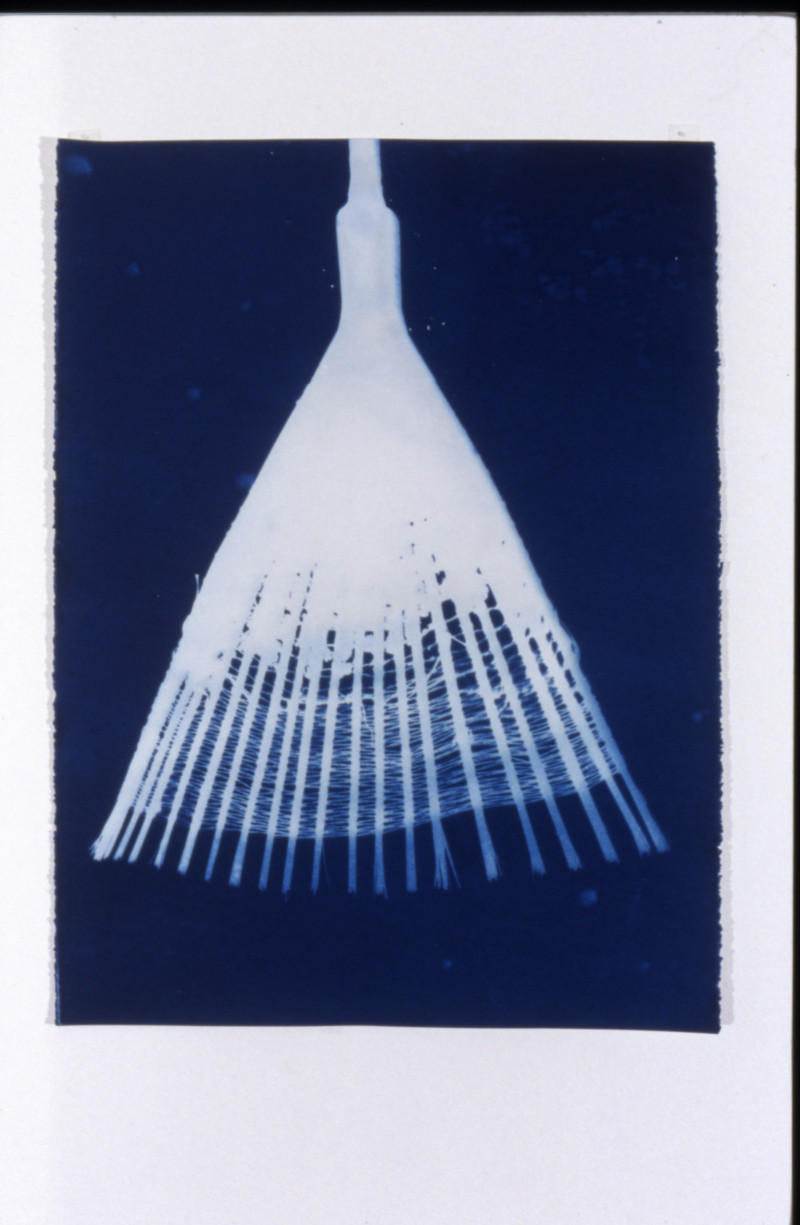Photography: Real and Imagined
Sound of Lotus_ cyanotype
05/03/2024
Sound of Lotus, in the collection of the NGV was exhibited in Photography: Real and Imagined, curated by Susan van Wyk and Maggie Finch. Susan Bright writes about Sound of Lotus in the exhibition publication:
Sue Pedley’s work Sound of Lotus, 2000, also has the land and a sense of place at its heart. The NGV holds three cyanotypes from the project. Working in a similar way to Ely, Pedley, in this work, investigates place through multiple media. She made the work over a protracted period, in this case four months. What is different is the con- nection to the land: Sound of lotus was made at Lunuganga Country Estate in Sri Lanka while the artist was on a residency there. The estate was designed by the ar- chitect Geoffrey Bawa.16 The gardens are world renowned and have become known as a fine example of a style now understood as ‘tropical modernism’. What made Bawa remarkable, and one of Asia’s most famous architects, was his ability to create flow between inside and outside, his use of vernacular and local materials, and his ability to develop ideas far removed from colonial ideals and styles.
Pedley worked alongside gardeners and landscape architects and produced not only cyanotypes, as seen here, but also a series of watercolours, site-specific wool/ acrylic drawings, sound recordings and interventions which, due to their ephemeral nature, exist only in the photographs that document them.17
One cyanotype is of red rice, which was harvested on the estate, but Pedley also used the brushes intended for sweeping and other objects she had on hand to make prints. The oldest of photographic techniques, a cyanotype is made without a camera, so is therefore technically known as a photogram. Its striking blue colour is due to the cyanotype developing chemicals, which sets it apart from other photograms. Objects are laid directly onto the paper and a negative image remains, having been developed in the sun. Due to there being no negative to reproduce from, each cyanotype is a unique object and has the idea of a photographic trace more firmly ingrained in its DNA than a print, negative or digital file. The ‘real’ is literally infused into the paper. Cyanotypes are not stable; they react to light more readily than other types of photo- graphs and the image can quickly fade to nothing if not kept in optimal conditions. So, far from being ‘fixed’ like a traditional photograph, their ephemeral nature echoes Pedley’s other works made at the estate, which are subtle and fleeting, following the patterns and shifts of nature itself and the rhythms and sounds of the land. The fact that photography can rely on a semiotic ‘indexicality’18 but exist on a sea of blue that takes us into a world of imaginary possibilities in the work of Sue Pedley shows us again its range and its untrammelled nature: it is never one thing or the other.
Publisher: National Gallery of Victoria
ISBN: 9781922398017. Published: October 2023
<- Back

















